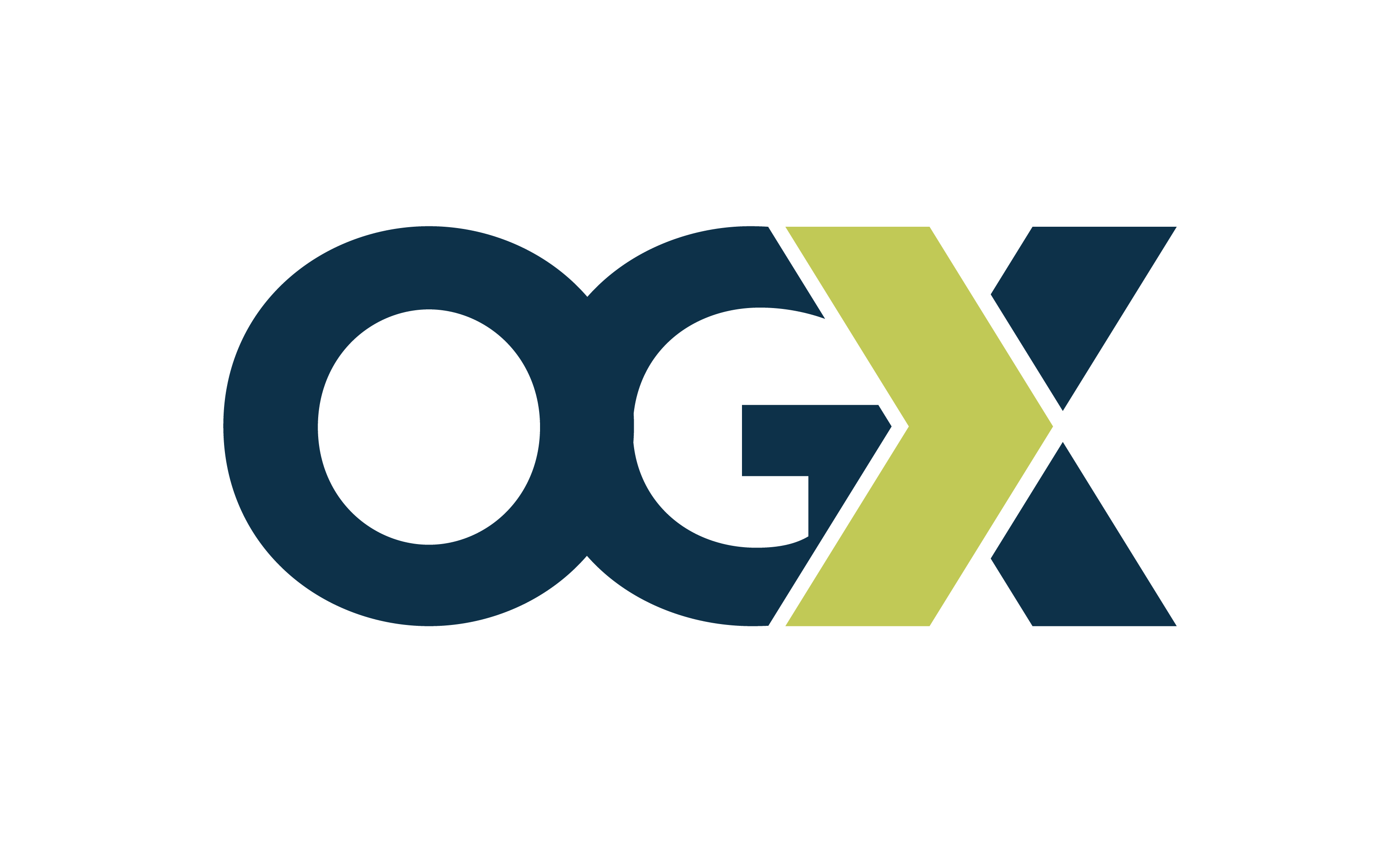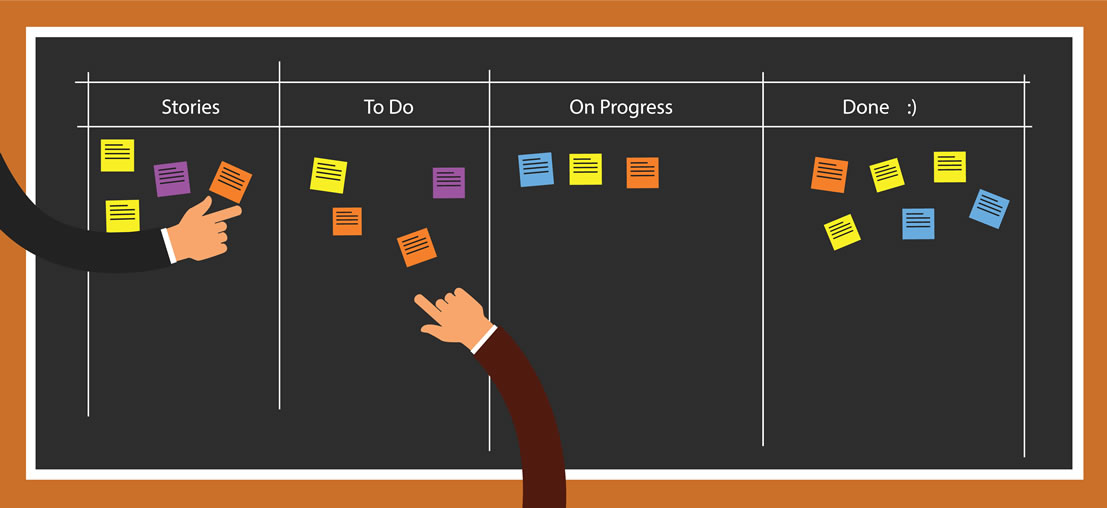Understanding Agile Scrum Fundamentals can keep you from going down the path of confusing meeting, methods, and practices of modern conceptions of Agile can generate seemingly murky conclusions about what the Agile approach is. However, according to the principles backing the Agile Manifesto, the leading priority is simple – to satisfy the customer through the delivery of effective and consistent software.
If your organization wants to build confidence within your customer base, have the ability to fix issues promptly, and develop faster and more efficient team collaboration, a workflow approach based on the Agile Scrum framework can be an effective solution.
We can simplify the complexities of Agile Scrums by using the ABC’s of successful Scrum implementation.
These easy steps will allow your organization to capitalize on leading Agile practices in your current SDLC (Systems Development Life Cycle):
#1 Agile: The Scrum Solution
The main focus of any Agile solution is to apply a holistic framework that is versatile for multiple projects, thereby capturing the benefits of teamwork to achieve developmental goals while also reacting to customer demands. The Scrum framework is the most popular method of achieving this focus.
This iterative process results in a completed user-ready product at the end of each sprint or step. This real-time progress methodology is the most effective approach compared to extreme programming and adaptive software development.
#2 Backlogs
Backlogs may be the most vital component of the Scrum process. Put simply, a backlog is a compiled list of objectives and goals that need to be completed before the sprint can be checked off including bug fixes, risks, and patches.
Preceding each project, develop a product backlog with user stories. The user stories are each feature that should be included in the development process categorized and prioritized. Also included in the backlog is the length of the sprint, which determines the launch frequency of the project.
Recurring sprints result in faster customer feedback, whereas longer sprints will generate more thorough development. The type of project determines its overall duration. After the backlog is developed the Scrum Master will choose the Product Owner, whose primary responsibility is updating and overseeing the backlog.
#3 Communication
Following the backlog creation, communication then becomes the key to an efficient sprint and successful product execution.
To start, initiate the daily scrum. Begin each day with a 15-minute update conversation including what each team member is currently doing, where they are going, and any problems they have encountered during their tasks. Quick communication will eliminate pitfalls and headaches over conflicting priorities.
A task board is beneficial to reference for tracking the stages of each assignment and its stage. These consistent meetings occurring through the end of the sprint keep team members accountable and informed through the entire process.
To finish, conclude each sprint with a demo and a recap. In the demo, each member should be given time to present their contribution with feedback and questions from the stakeholders. Learning and growth comes from feedback, which could lead to the next big stride.
After all team members have presented, conclude the conversation with a recap. What did the team do well? How can it improve the next sprint? Leave the meeting with a 2+2 conclusion including 2 components to continue and 2 aspects to be improved


